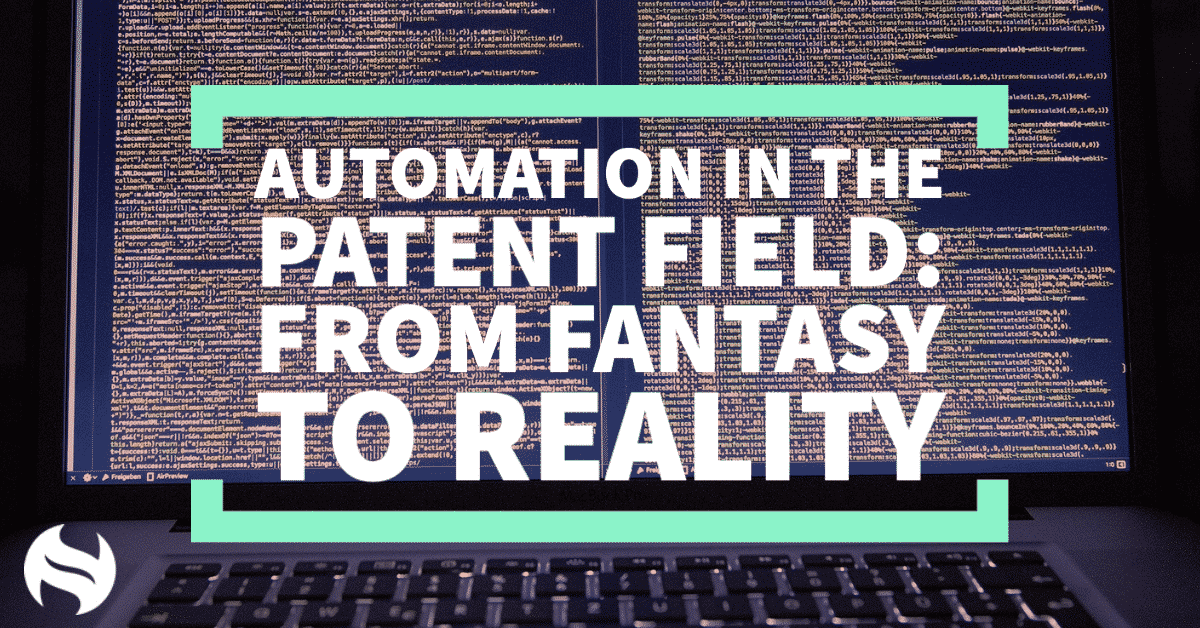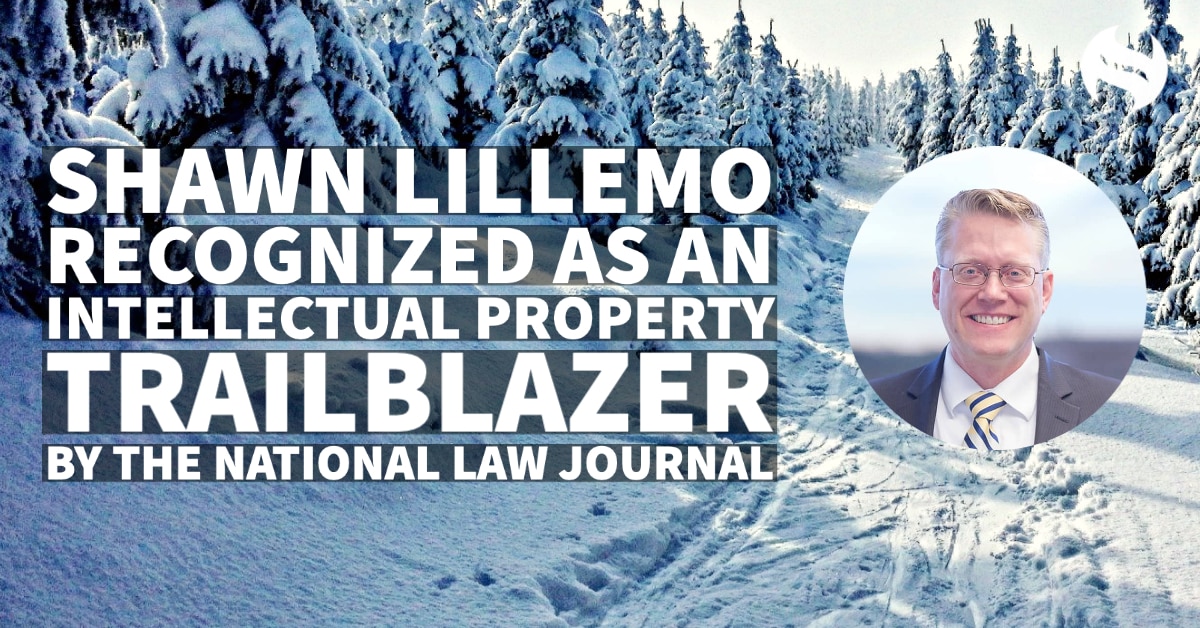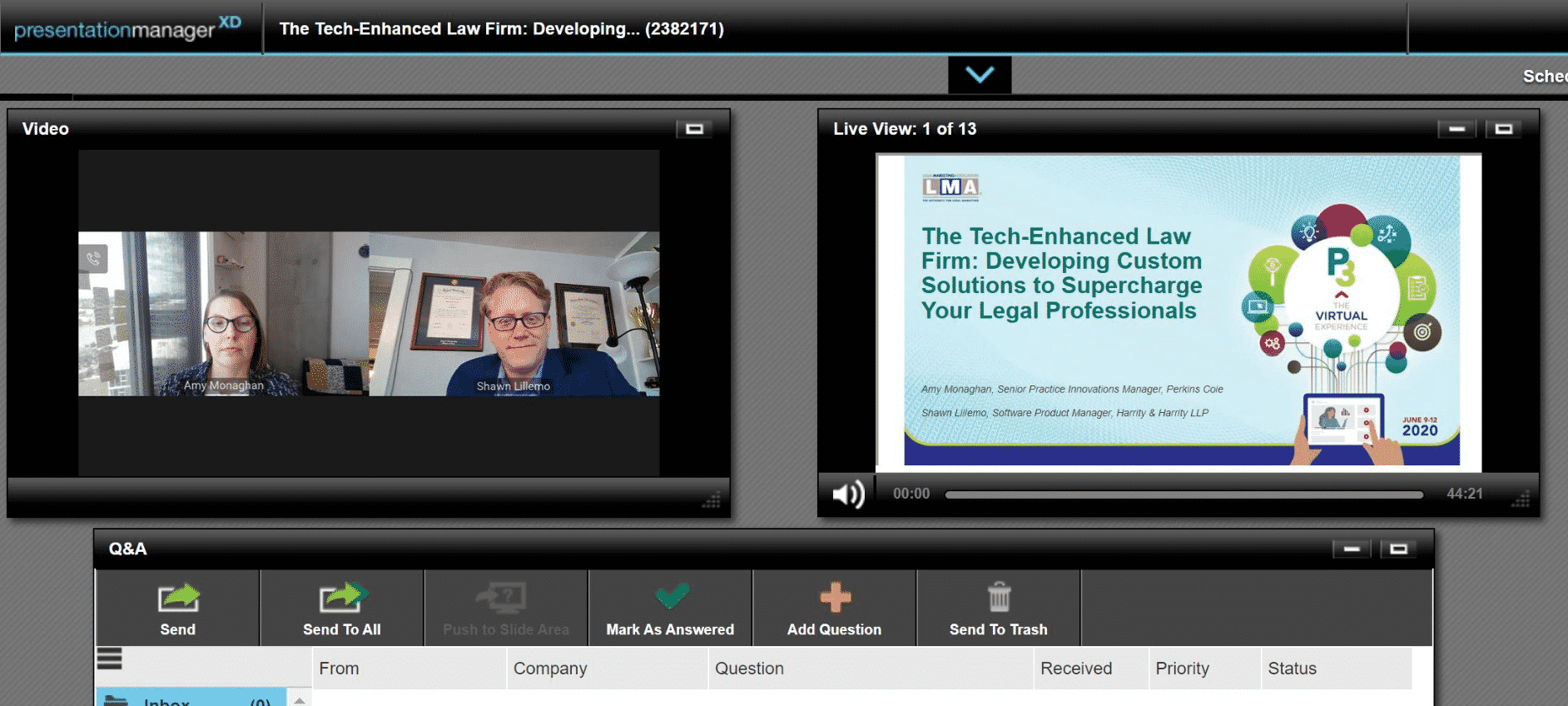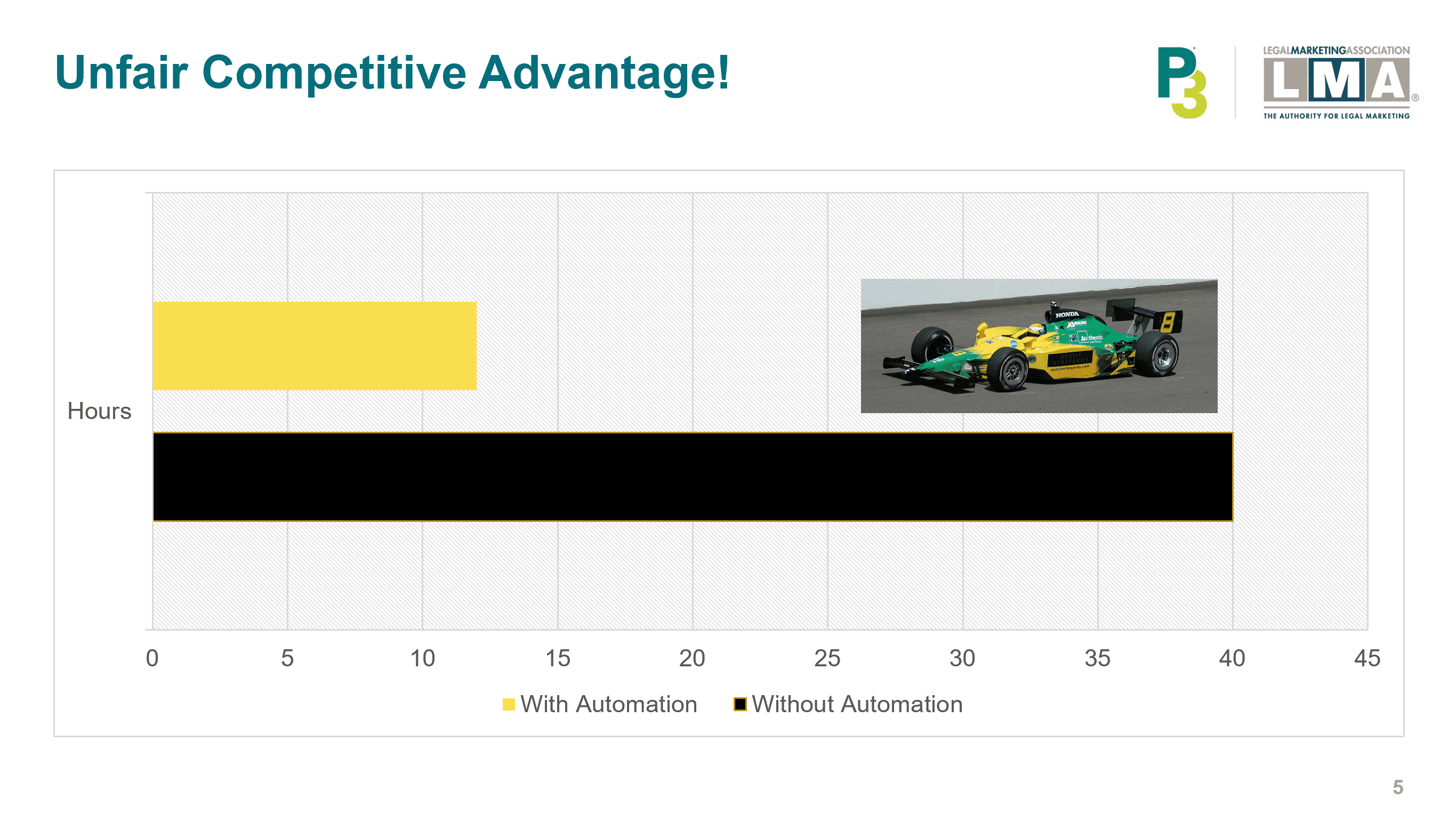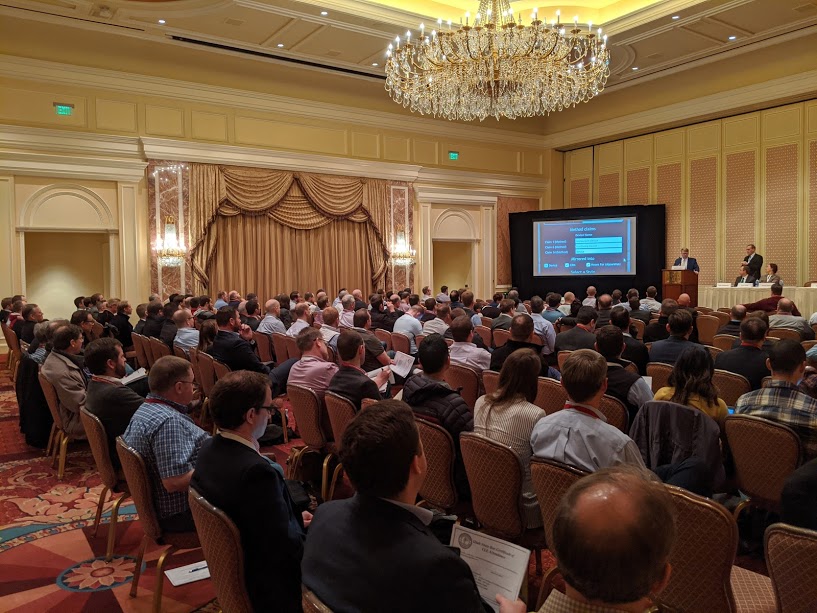Automation in the Patent Field: From Fantasy to Reality
By Robert O’Loughlin, Harrity Associate
Before joining Harrity & Harrity, LLP at the beginning of 2020, I would have summarily dismissed the fairy tale that I could be drafting even half as many patent applications as I am regularly drafting today. But, alas, here I am, bringing the tale to life.
Harrity, as a firm, has mastered a number of factors that play a large role in taking patent application drafting efficiency from fantasy to reality. Such factors include, for example, employing a uniform writing style across the firm; utilizing a well-organized and uniform second attorney review structure that serves as the gatekeeper for the high level of quality that Harrity’s clients have come to expect from every piece of work product; having attorneys exclusively draft or prosecute applications to focus on and maximize each attorney’s strengths; and incentivizing efficiency with a pay-per-production compensation model.
One particular factor that deserves attention, however, is Harrity’s development and utilization of proprietary automation software. It certainly has been no secret, as the decades have worn on, that automating tasks can greatly improve efficiency and, as a result, significantly increase output. And it is no different in the world of patent application drafting. Automation also improves the quality of the output, and it frees up an attorney to focus on the more substantive aspects of the application. The automation software, known as Patent Draftr, at my disposal has been game-changing and has played no small role in making my decision to join Harrity life-changing.
Gone are the days of creating and maintaining folder after folder of template applications, file after file of template drawings, and page after page of boilerplate language. The automation software (“the tools” as we so affectionately refer to them) takes care of these things. With two or three mouse clicks to select options from a pull-down menu plugged right into my word processing user interface, I can generate a new patent application document, pre-filled with boilerplate language, templates for frequently used descriptions, client-approved formatting, and flags clearly identifying locations that require my attention. Indeed, in many cases, even many of the personal preferences of a particular client or in-house attorney may already be incorporated into the document from those first two or three mouse clicks.
A few more clicks of the mouse gets me access to a library of client-specific, frequently-used drawings and drawing descriptions. In the past, building the skeleton of a patent application meant searching for a previously drafted application that described similar subject matter, skimming the application for relevant language and/or drawings, copying the relevant material, pasting it into the new application, changing reference numbers to match the new figures, and removing material specific to the application from which I copied the material. That process was only slightly more efficient than writing the entire application from scratch. Now, a few clicks and I’m off and running.
A click here and a click there is all that is required to cause mirrored claim sets directed to statutory subject matter classes of my choice to appear in the document. Just as easily, I can cause preliminary descriptions of flow charts to populate the document. Summary paragraphs and an abstract also are mere mouse clicks away. Before I even place my fingers on the keyboard, Patent Draftr may have prepared more than half the document for me.
I was skeptical at first, but have come to be a believer in “the tools.” They fit seamlessly within the Harrity workflow to make my life infinitely easier than the days of old. But I am not the only one that benefits from the “the tools” and the system in which they are employed. Perhaps the greatest beneficiaries are the clients. By automating portions of the patent application preparation process that tend to be otherwise menial tasks, “the tools” allow me to focus my time on the most important aspects of the application preparation – the aspects for which my skills and experience are most useful – understanding the invention, drafting the claims, and carefully describing the details of the invention. The results: (1) a high quality, valuable, and thorough patent application; and (2) a stress-free patent attorney that can spend the evening resting and looking forward to doing it all over again the next day.

